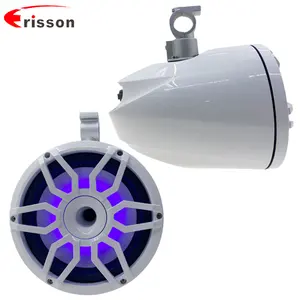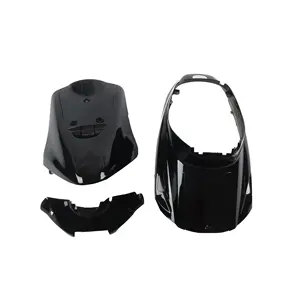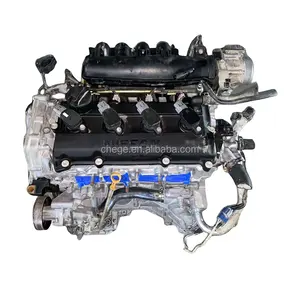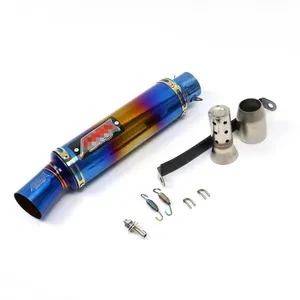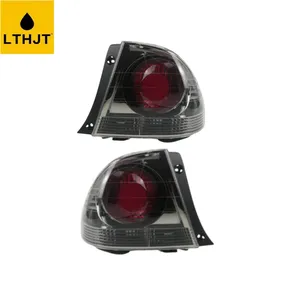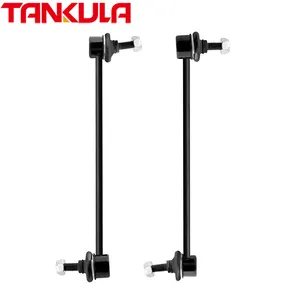Popular in your industry
































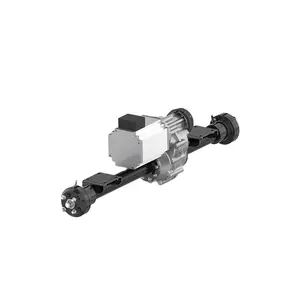



























Top categories
About differential rear axle
Exploring Differential Rear Axles
A differential rear axle is a critical component in the powertrain of vehicles, playing a pivotal role in delivering power to the wheels while allowing them to rotate at different speeds. This is particularly essential during turns, ensuring smooth handling and longevity of the vehicle's tires.
Types and Applications
The diversity of differential rear axles caters to various applications, from heavy-duty trucks to performance-oriented sports cars. Each type is designed to meet specific driving conditions, whether it's for off-road durability, high-speed stability, or balanced everyday use. Common types include open, limited-slip, and locking differentials, each serving distinct driving demands.
Materials and Features
Materials used in manufacturing differential rear axles include high-grade steel and aluminum, chosen for their durability and strength. Features may encompass heat-treated gears and precision-machined splines, ensuring efficient power transmission and resistance to wear under high-torque scenarios.
Advantages of Upgrading
Upgrading to a robust differential rear axle can significantly enhance a vehicle's performance. Benefits include improved traction, reduced wheel slip, and increased fuel efficiency. Moreover, a well-chosen differential can contribute to the longevity of the vehicle's drivetrain components.
Selection Considerations
When selecting a differential rear axle, it's crucial to consider the vehicle's make, model, and intended use. Compatibility with existing components, such as propeller shafts and wheel hubs, is also vital. Prospective buyers should evaluate the axle's specifications, ensuring they align with their performance requirements and driving conditions.
Integration with Complementary Components
A differential rear axle often works in conjunction with other drivetrain components like axle shafts, CV joints, and drive shafts. Ensuring compatibility and seamless integration with these parts is essential for optimal vehicle performance and safety.
